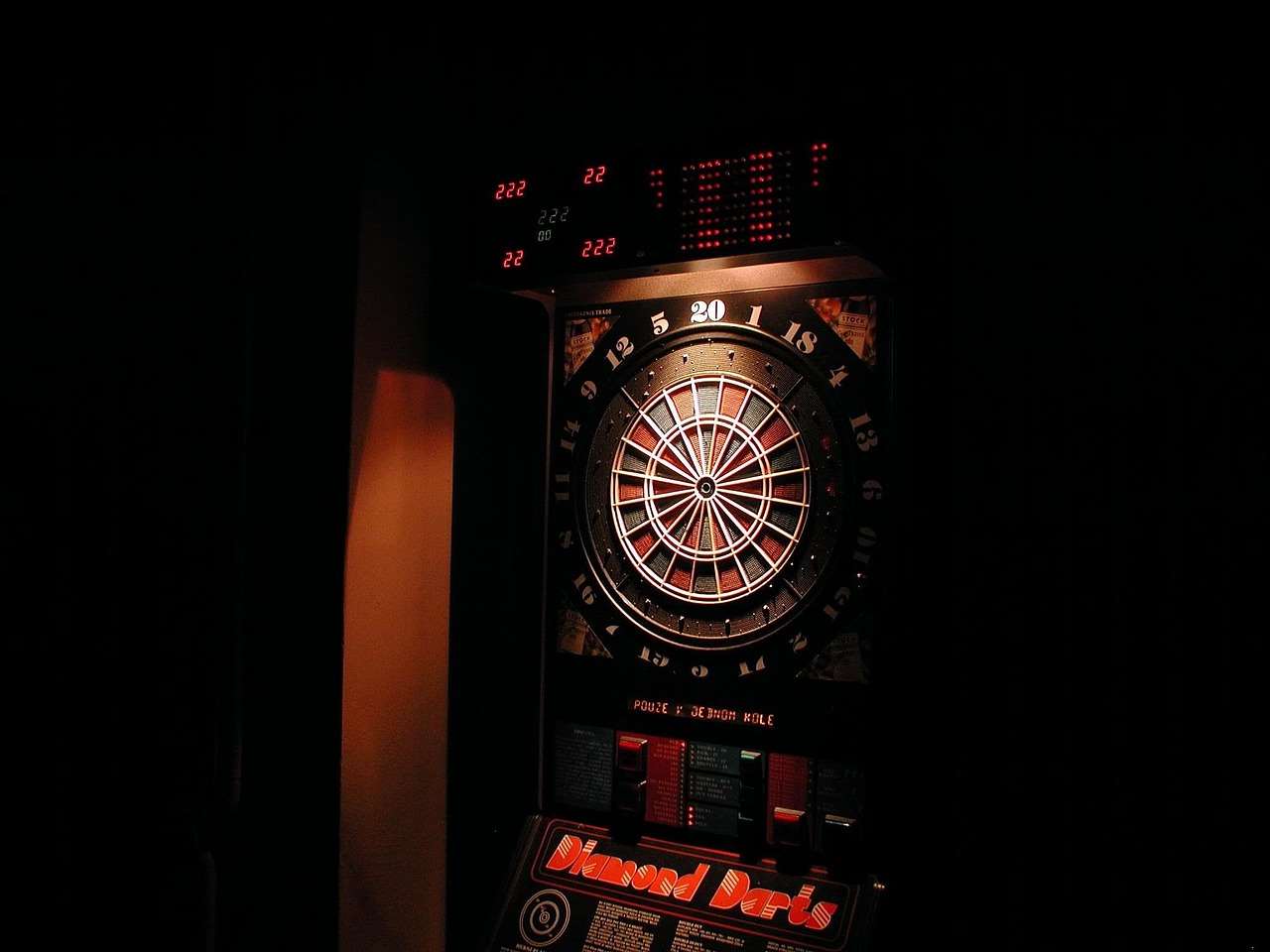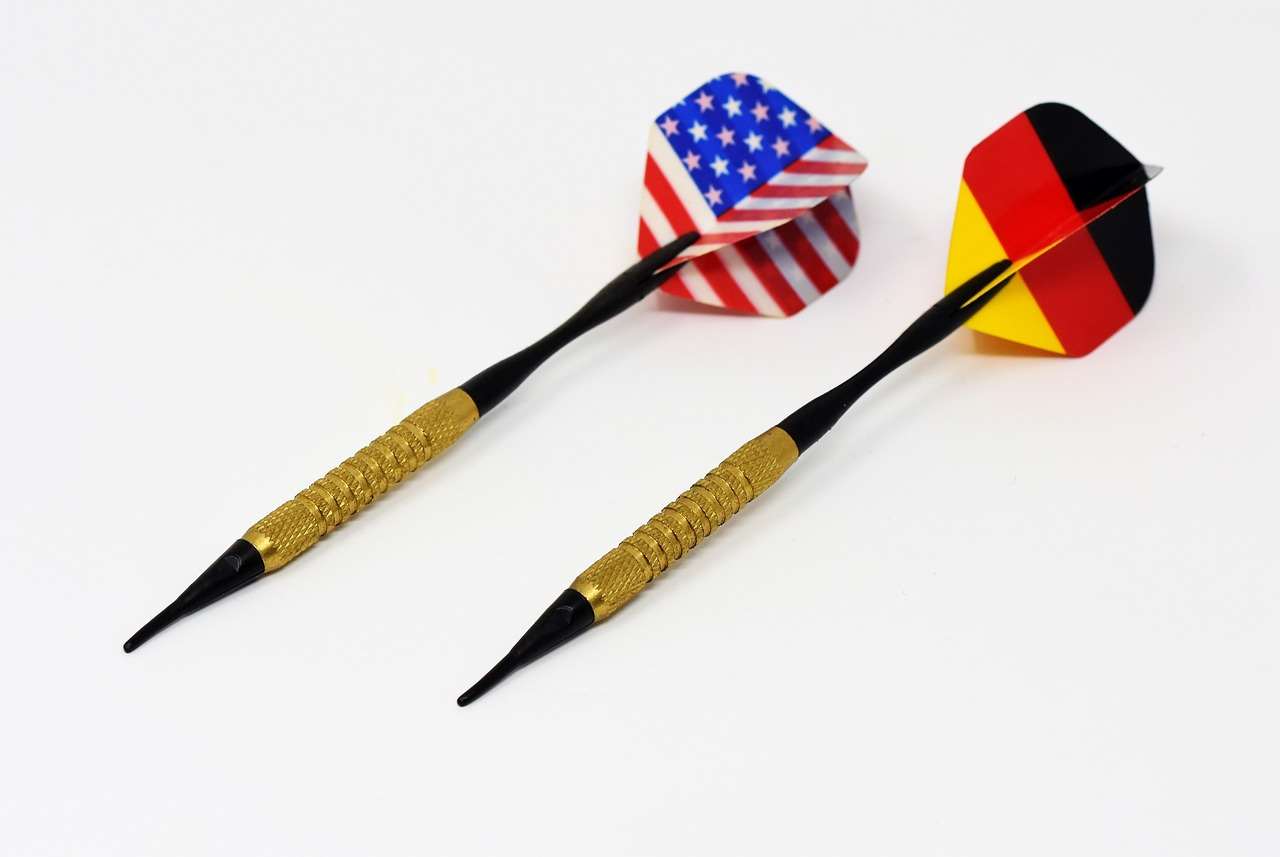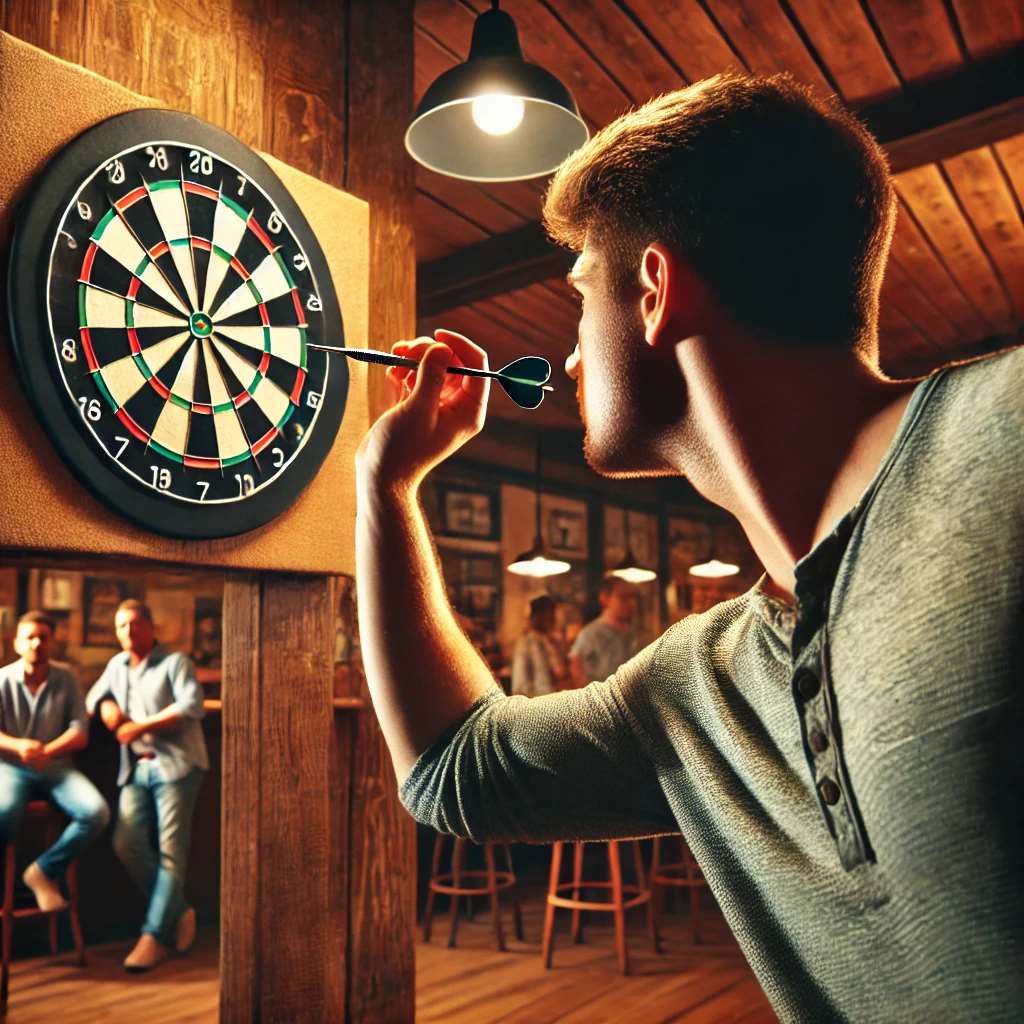Improving your game through dedicated practice for handicap leagues is the key to not just participating, but truly thriving. This article outlines essential drills, strategies, and mental approaches that will help you maximize your potential and contribute effectively to your team.
⚠️ Still Using Pen & Paper (or a Chalkboard)?! ⚠️
Step into the future! The Dart Counter App handles all the scoring, suggests checkouts, and tracks your stats automatically. It's easier than you think!
Try the Smart Dart Counter App FREE!Ready for an upgrade? Click above!
Understanding the Importance of Practice for Handicap Leagues
Handicap leagues aim to level the playing field, allowing players of varying skill levels to compete fairly. However, simply relying on the handicap isn’t enough. Consistent practice for handicap leagues is crucial for several reasons:
- Improving Consistency: Regular practice for handicap leagues helps you groove your throwing motion, leading to more consistent scores.
- Reducing Averages: While a handicap helps, the goal is to continually improve and lower your average, making your team even stronger.
- Building Confidence: Knowing you’ve put in the work builds confidence, which translates to better performance under pressure.
- Team Contribution: Consistent scores mean you can reliably contribute to your team’s overall success.
- Enjoyment: Improving your game through practice for handicap leagues makes the game more enjoyable.
Essential Practice Drills for Handicap Leagues
Effective practice for handicap leagues goes beyond simply throwing darts. Incorporate these drills into your routine:

Target Practice
Focus on hitting specific numbers consistently. Start with the 20, then move on to other important numbers like 19, 18, and doubles. Try variations like hitting three 20s in a row, or hitting a double followed by a single of the same number. Remember to focus on Basic Darts Fundamentals for Beginners as you work through your drills.
Around the Clock (or ‘Shanghai’)
This drill involves hitting each number on the board in sequence, from 1 to 20. You can adapt the rules to include doubles and trebles for added challenge. This enhances your accuracy and forces you to aim at different parts of the board, improving your overall darting skill.
Checkout Practice
Checkout practice is essential for finishing legs efficiently. Start with common checkouts like 40 (D20), 32 (D16), and 50 (Bullseye). Gradually work your way up to more complex checkouts involving multiple darts. Knowing common checkout combinations reduces mental strain during matches.
Grouping Practice
Focus on throwing three darts at the same target, aiming for tight groupings. This drill is excellent for developing consistency in your throwing motion and release point. Visualize the target and maintain a consistent routine before each throw.
Strategic Approaches to Practice for Handicap Leagues
Effective practice for handicap leagues also involves strategic thinking and planning:
Identify Your Weaknesses
Pinpoint areas where you struggle the most. Do you have trouble hitting doubles? Are you inconsistent with specific numbers? Focus your practice efforts on addressing these weaknesses. Track your stats to identify recurring problems.

Set Realistic Goals
Establish achievable goals for each practice session. Instead of aiming for perfection, focus on making incremental improvements. For example, aim to increase your accuracy on a specific number by a certain percentage. Celebrate small victories to stay motivated.
Simulate Game Conditions
Practice under pressure by simulating match scenarios. Invite a friend to play practice games, or set up challenges for yourself with specific targets and scoring objectives. This helps you adapt to the mental demands of league play.
Track Your Progress
Keep a record of your scores, averages, and checkout percentages. This allows you to monitor your progress and identify areas where you need to focus your efforts. Analyzing your stats provides valuable insights into your strengths and weaknesses.
Mental Game: Preparing for League Matches
The mental aspect of darts is just as important as the physical skills. A strong mental game can significantly improve your performance in handicap leagues.
Visualization
Before a practice session or match, visualize yourself throwing accurately and hitting your targets. Mental imagery can boost your confidence and improve your focus.
Positive Self-Talk
Replace negative thoughts with positive affirmations. Believe in your ability to perform well, even when facing challenging situations. Avoid dwelling on mistakes and focus on the next throw.
Managing Pressure
Learn to manage pressure by staying calm and focused. Take deep breaths to relax and avoid rushing your throws. Remind yourself that it’s just a game and focus on enjoying the experience.

Develop a Routine
Establish a pre-throw routine to help you focus and maintain consistency. This routine should include elements like stance, grip, aim, and follow-through. A consistent routine helps you stay in the moment and avoid distractions.
Equipment and Setup for Effective Practice
Having the right equipment and a proper setup can enhance your practice experience.
Dartboard Placement
Ensure your dartboard is mounted at the correct height (5 feet 8 inches to the bullseye) and distance (7 feet 9 1/4 inches from the oche to the face of the board). A properly mounted board promotes consistent throwing mechanics.
Lighting
Good lighting is essential for clear visibility. Use a dartboard surround light to illuminate the board evenly and reduce shadows. This improves your accuracy and reduces eye strain.
Darts
Choose darts that feel comfortable and suit your throwing style. Experiment with different weights, lengths, and grip types to find the perfect fit. Consider factors like barrel shape and flight design to optimize your performance. Remember to choose wisely!
Oche (Throwing Line)
Use a clearly defined oche to ensure consistent throwing distance. You can use tape, a wooden strip, or a dedicated oche mat. A consistent oche helps you maintain your stance and throwing rhythm.

Advanced Practice Techniques for Handicap Leagues
For players looking to further refine their game, consider incorporating these advanced techniques:
Varying Your Stance
Experiment with different stances to find the one that maximizes your balance and stability. Some players prefer a more open stance, while others prefer a more closed stance. Adjust your stance based on your comfort and throwing style. You might find useful information in modifying rules for mixed-level dart players to better improve your skills.
Adjusting Your Grip
Try different grip techniques to find the one that provides the most control and consistency. Experiment with different finger placements and pressure levels. A proper grip allows you to release the dart smoothly and accurately.
Developing a Smooth Release
Focus on developing a smooth and consistent release. Avoid jerky movements and ensure your arm follows through towards the target. A smooth release improves your accuracy and reduces the risk of throwing errors.
Analyzing Professional Players
Watch professional darts players to observe their techniques and strategies. Pay attention to their stance, grip, release, and mental approach. You can learn valuable insights from the best players in the world. Consider looking into Simplified 501 game rules for novice players to expand your understanding of the game.
Dealing with Pressure and Maintaining Composure
Even with consistent practice, pressure can affect performance. Here’s how to manage it:
* **Deep Breathing Exercises:** Before your turn, take a few deep breaths to calm your nerves and focus your mind.
* **Positive Visualization:** Picture yourself succeeding, hitting the targets you need to hit.
* **Focus on the Process:** Instead of fixating on the outcome, concentrate on your technique and routine.
* **Acceptance:** Acknowledge that not every throw will be perfect. Learn from mistakes and move on.
* **Team Support:** Rely on your teammates for encouragement and support.
Staying Motivated and Making Practice Fun
Consistent practice for handicap leagues can be demanding, so staying motivated is vital:
* **Set Achievable Goals:** Break down your overall goals into smaller, manageable steps.
* **Reward Yourself:** Celebrate your progress with small rewards to stay motivated.
* **Practice with Friends:** Make practice a social activity by throwing with friends or teammates.
* **Vary Your Routine:** Keep things interesting by trying different drills and games.
* **Join a Community:** Connect with other darts players online or in person to share tips and encouragement. Joining leagues can also foster friendly competition which aids learning.

Common Mistakes to Avoid During Practice for Handicap Leagues
To maximize the effectiveness of your practice for handicap leagues, avoid these common pitfalls:
* Practicing When Tired: Practice when you are fresh and alert to ensure proper form and concentration.
* Ignoring Fundamentals: Always focus on the fundamentals, even when you are feeling confident.
* Overthinking: Avoid overanalyzing your throws and trust your instincts.
* Comparing Yourself to Others: Focus on your own progress and avoid comparing yourself to other players.
* Neglecting Warm-up: Always warm up before each practice session to prepare your muscles and mind.
Conclusion
Consistent and focused practice for handicap leagues is more than just throwing darts; it’s about improving your consistency, building confidence, and contributing to your team’s success. By incorporating the drills, strategies, and mental approaches discussed in this article, you can elevate your game and truly thrive in your league. Start implementing these techniques today and watch your scores improve. Remember to stay motivated, enjoy the process, and celebrate your progress! Consider joining a dart league or dart association near you to utilize the skills you have acquired.
Hi, I’m Dieter, and I created Dartcounter (Dartcounterapp.com). My motivation wasn’t being a darts expert – quite the opposite! When I first started playing, I loved the game but found keeping accurate scores and tracking stats difficult and distracting.
I figured I couldn’t be the only one struggling with this. So, I decided to build a solution: an easy-to-use application that everyone, no matter their experience level, could use to manage scoring effortlessly.
My goal for Dartcounter was simple: let the app handle the numbers – the scoring, the averages, the stats, even checkout suggestions – so players could focus purely on their throw and enjoying the game. It began as a way to solve my own beginner’s problem, and I’m thrilled it has grown into a helpful tool for the wider darts community.